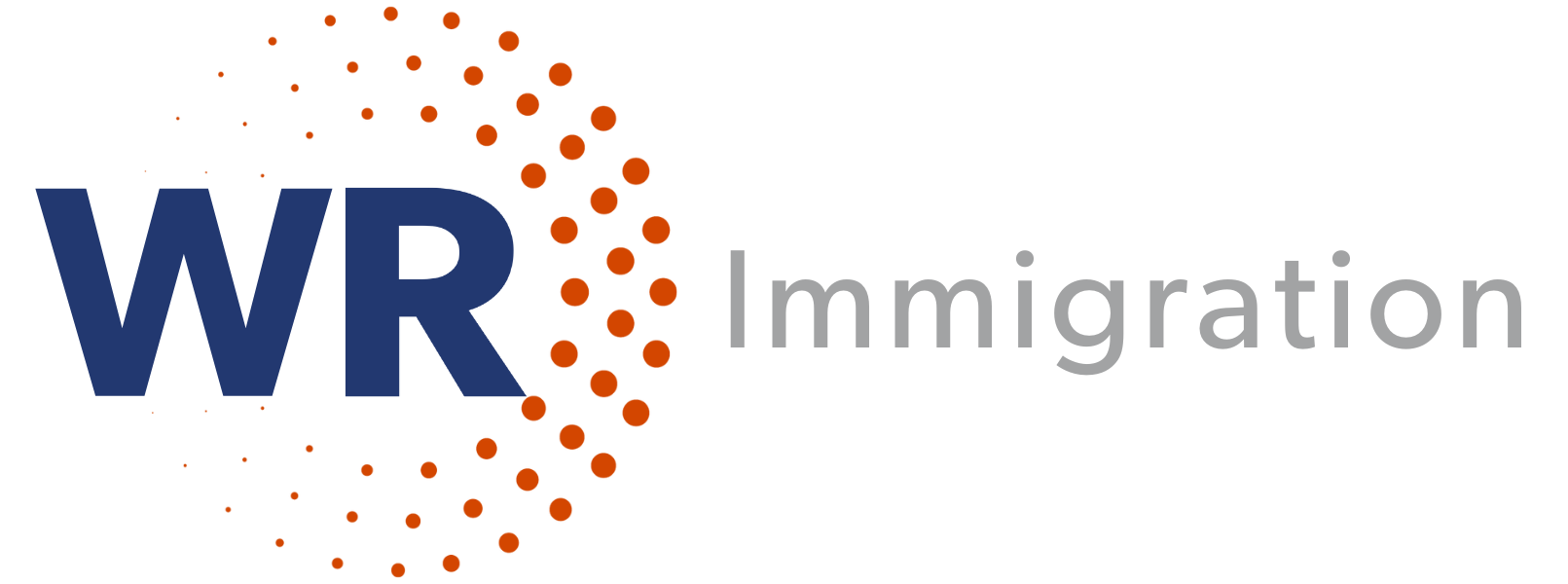Non-European Union (EU) visitors can stay in the Schengen countries for maximum of 90 days in any 180-day period, but the calculation is not easy.
The Schengen area currently includes 26 EU countries: Austria, Belgium, Czech Republic, Denmark, Estonia, Finland, France, Germany, Greece, Hungary, Iceland, Italy, Latvia, Liechtenstein, Lithuania, Luxembourg, Malta, Netherlands, Norway, Poland, Portugal, Slovakia, Slovenia, Spain, Sweden, and Switzerland.
The scannable QR code below leads to EU Migration and Home Affairs, which includes visa policy information and lists of countries whose citizens must have a visa or are exempt from visa requirements when crossing Schengen external borders.

Third-country nationals (e.g., those who are not citizens of the EU and Iceland, Norway, Liechtenstein, or Switzerland), irrespective of being visa-required or exempt, who intend to travel to the Schengen area for a short trip for business or tourism can stay for a maximum of 90 days in any 180-day period. A few terms and rules apply:
Date of entry: The first day of stay on the territory of the Schengen Member State
Date of exit: The last day of stay in the Schengen Area
This applies only to short-term visitors. Periods of stay authorized under a residence permit or a long-stay visa are not taken into account in the calculation of the duration of stay on the territory of the Member States.
Reference to “any 180-day period” implies the application of a “moving” 180-day reference period, looking backwards at each day of the stay (be it at the entry or at the day of an actual check), into the last 180-day period, to verify if the 90-days/180-day-period requirement continues to be fulfilled.
As noted above, calculation is often not easy. The EU has created an online calculator.
New Entry/Exit System
The new Entry/Exit System (EES), to be operational in 2022, will automatically identify those who overstay their periods of admission. It will collect identity information and the date and place of entry and exit. The EES will apply to non-EU nationals, visa-required and visa-exempt travelers in the Schengen area. It will replace manual stamping of passports.
Details:
- “How to Count Your Schengen 90 Days,” Medium, https://medium.com/studiomazzeschi/how-to-count-your-schengen-90-days-ee96f5d25326
- Entry/Exit System (EES), Migration and Home Affairs, European Commission, https://ec.europa.eu/home-affairs/policies/schengen-borders-and-visa/smart-borders/entry-exit-system_en


